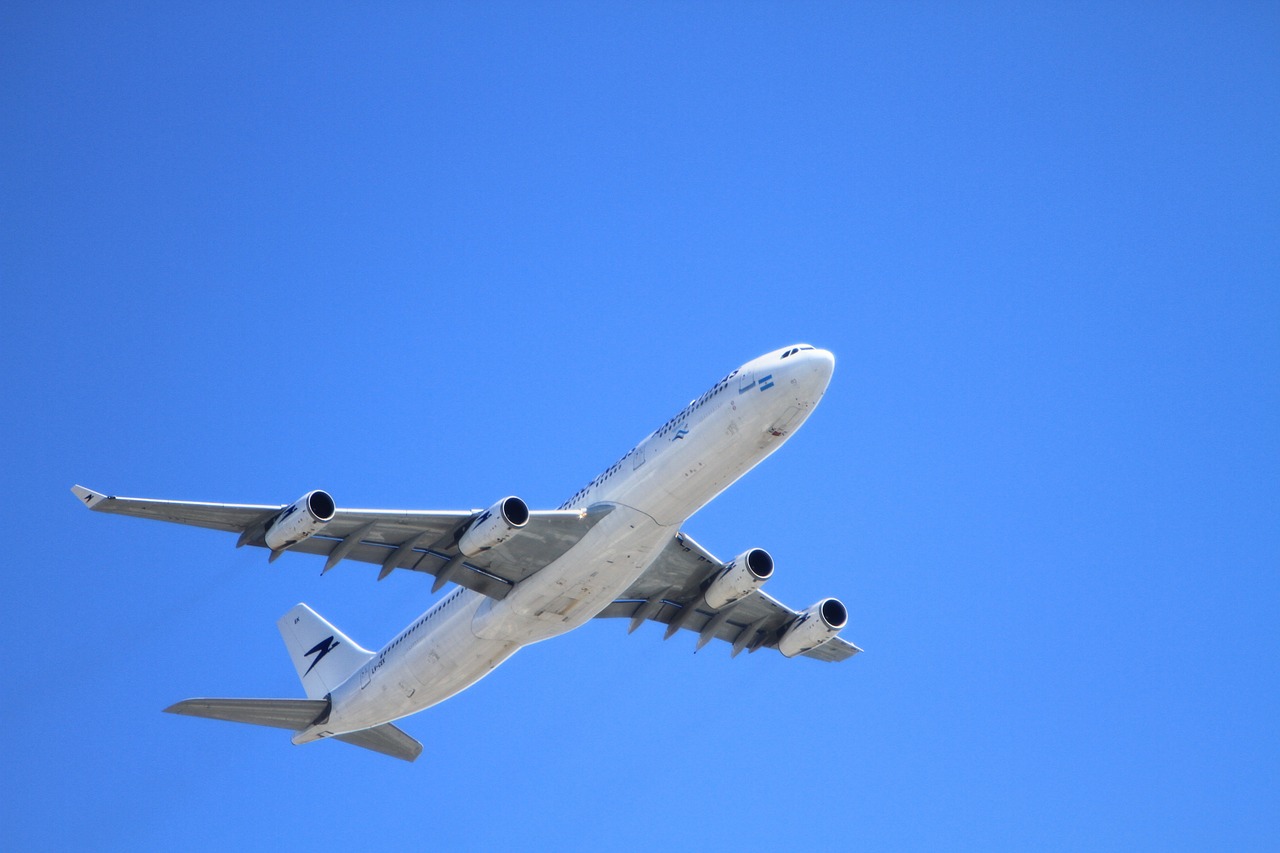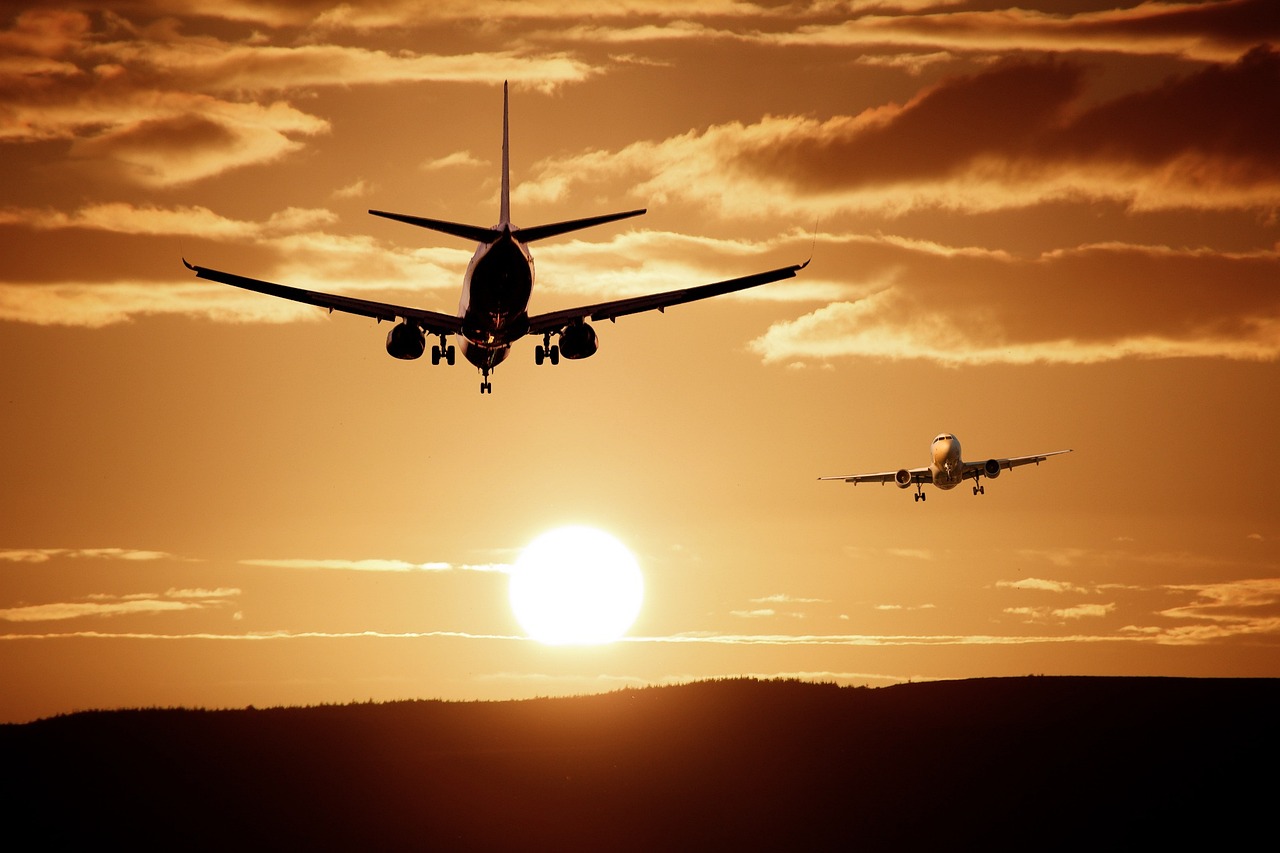
We’ve all been there- gripping the armrest of the plane seat with white knuckles as the aircraft jostles and jolts its way through the sky. For many passengers, turbulence is the bane of air travel, transforming what should be a stress-free journey into a nerve-wracking ordeal.
In a recent study conducted by Turbli, a leading aviation research firm, the most turbulent flight paths in the United States were identified, highlighting regions where passengers are most likely to encounter the daunting effects of rough air. From coast to coast, these are the routes that test even the most seasoned flyers.
What is turbulence?

Turbulence is the irregular movement of air that can create disturbances in the atmosphere during flight. When turbulence occurs, it often manifests as sudden bumps and shakes within the aircraft. The most common causes of turbulence are fluctuations in air pressure, temperature, and wind speed, which can happen due to changing weather patterns, jet streams, or air currents around mountains or other geographical features.
Certain regions are more prone to turbulence than others, resulting in a bumpier ride for passengers traveling through the area. It is very common to experience turbulence around mountainous terrain, as the air currents in these areas are often disrupted. Additionally, coastal regions can be turbulent zones, as the interaction between land and sea breezes can create instability within the atmosphere.
The most turbulent flight paths in the United States

Analyzing a staggering 150,000 routes, Turbli has unveiled the top 10 flights notorious for their turbulence, drawing from active airline routes as of December 2023.
- Nashville (BNA) to Raleigh/Durham (RDU)
- Charlotte (CLT) to Pittsburgh (PIT)
- Denver (DEN) to Puerto Vallarta (PVR)
- New York (JFK) to Raleigh/Durham (RDU)
- Warwick (PVD) to Syracuse (SYR)
- Atlanta (ATL) to Dulles (IAD)
- Pittsburgh (PIT) to Raleigh/Durham (RDU)
- New York (LGA) to Portland (PWM)
- Boston (BOS) to Syracuse (SYR)
- Boston (BOS) to Philadelphia (PHL)
Is turbulence dangerous?

Although the above flight paths may be bumpier than usual, it’s typically nothing to worry about. Turbulence, while unsettling at times, is not inherently dangerous to the safety of the aircraft. Modern aircraft are designed to handle even the most severe turbulence, and pilots know how to navigate through turbulent areas. Although turbulence does not pose a risk to the safety of the plane, it is important to ensure that your seatbelt is secure when riding through a turbulent area. Severe turbulence can cause both passengers and objects to be tossed about the cabin, potentially leading to injuries.
Turbulence is here to stay

Unfortunately, you shouldn’t expect turbulence to get better any time soon, and recent trends suggest that it may even become more pronounced in the future. The rise in global temperatures is exacerbating a specific type of turbulence known as clear air turbulence, which occurs at high altitudes where there are no visible clouds. According to a 2020 study, increased temperatures in the upper atmosphere are contributing to “a profound impact on the wind shear and turbulence in mid-latitudes.”
Due to these changes in the atmosphere, the aviation industry is adapting by implementing advanced forecasting technologies and providing training for flight crews to ensure that all passengers remain safe amidst increasingly turbulent skies.



